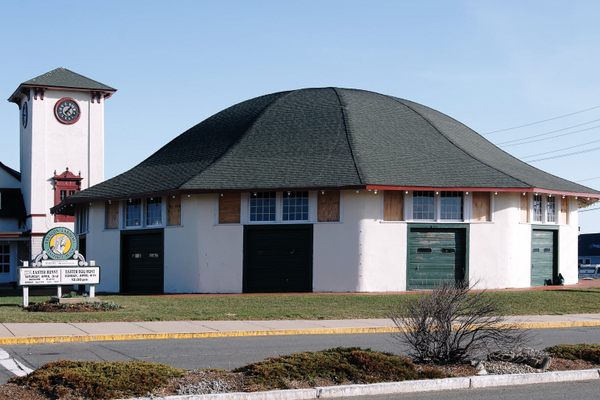AO Edited
World's End
Plans for this peninsula included houses, the United Nations Headquarters, and a nuclear power plant. When none of them worked out, it became an expansive park.
Jutting into Hingham Harbor lies a cluster of drumlins; glacier-carved, spoon-like hills that rise above the coast around it. John Brewer purchased the land in the 19th century and built an estate for raising cattle. Within 30 years the peninsula was entirely owned by the Brewer family.
At the end of the 1800s, the family contacted Frederick Law Olmsted, a famous landscape architect now known for his role in the creation of New York City’s Central Park, as well as several other iconic parks of the United States, such as Niagara Falls State Park. The Brewers wanted a small portion of the peninsula to be developed into a residential area. Olmsted began to do what he did best, and a framework was made. The lawns, trees, and roads were put into place, but the homes were never established, leaving a skeleton of a residential area with nowhere to reside, a hollow suburbia.
The peninsula saw potential action again in 1945. The United Nations needed a headquarters, and Hingham was a potential location. But once again the land was passed over, as the UN chose New York City. Not so long after, in the 1960s, a Boston energy company had planned on investing in a nuclear power plant to be placed on the Brewer’s estate. But the power plant also went with another location 20 miles south to the city of Plymouth, becoming the Pilgrim Nuclear Generating Plant.
With World’s End undeveloped, a majority of it was donated to the Trustees of Reservations by the philanthropic beneficiaries of the Brewer estate. The Trustees continue to manage the park, although it is considered a part of the Boston Harbor Islands National Recreation Area. Now, it is possible to visit and hike a loop around the World’s End peninsula to get an excellent view of the Boston city skyline from a distance.
The only traces of construction and development visible today are the roads, trees, and the grass, which is routinely trimmed low as if Olmsted was still in the process of developing the residential area homes as he was a century ago.
Know Before You Go
Advance passes are required for weekends and holidays, and strongly encouraged for weekdays. Check the website for more details.







































Follow us on Twitter to get the latest on the world's hidden wonders.
Like us on Facebook to get the latest on the world's hidden wonders.
Follow us on Twitter Like us on Facebook